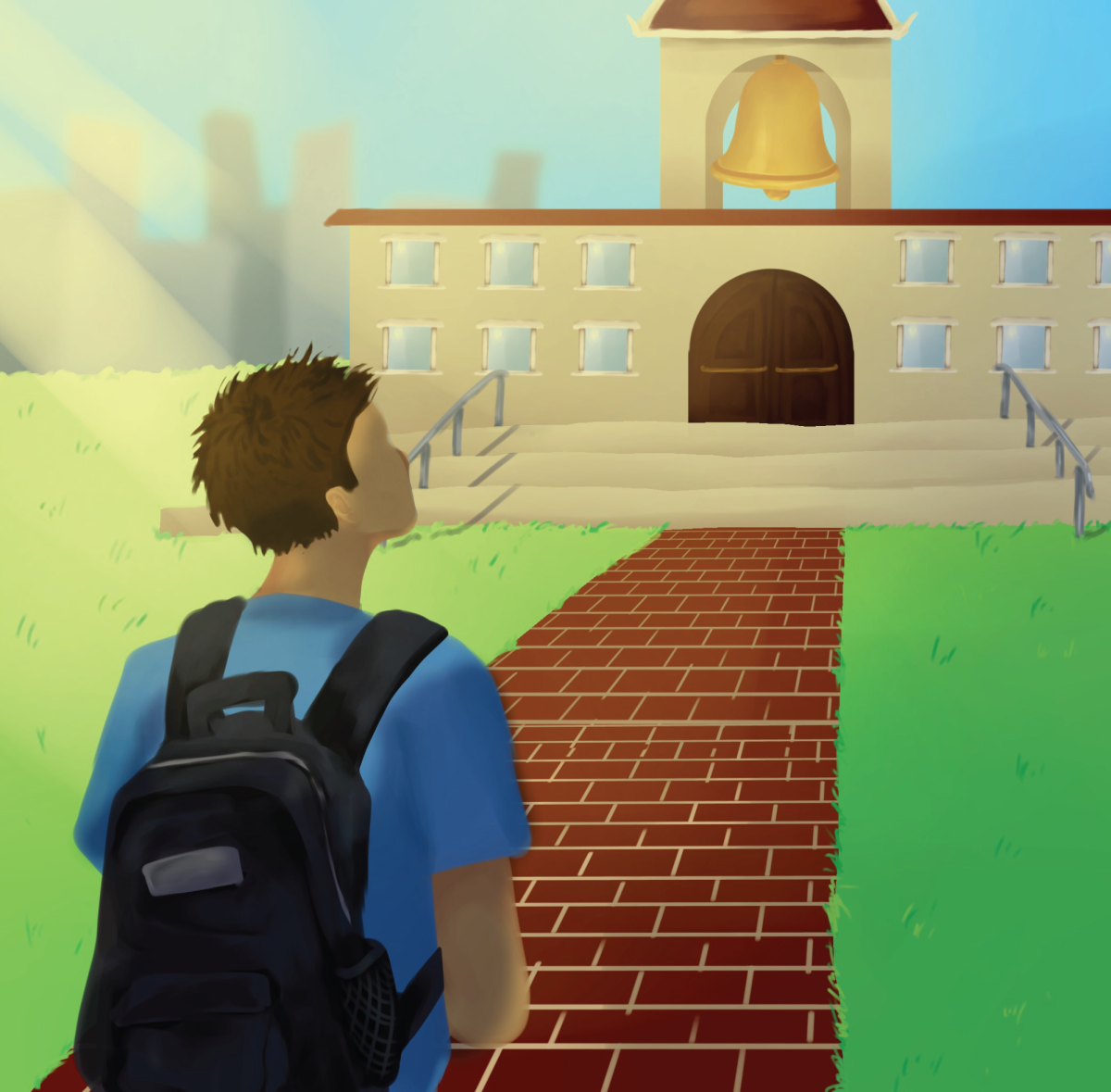Transferring to a new school is not the easiest thing to do. It involves a different school schedule, a new student body and an unfamiliar campus.
When a student changes schools, it can be easy for him or her to get lost in the shuffle.
Transfer students are not simply adapting to a new school, they are essentially adopting an entirely different routine and environment.
Of course, the reason behind a transfer is not the same for every student.
Oftentimes, it is to accommodate for a parent’s new occupation. However, in some cases, it may be for the better athletics a school offers or even the better school community. Sometimes, students may choose to transfer schools for personal issues.
Junior Emmanuelle Poivet is an example of a student who transferred to Palo Alto High School from a different country.
Poivet and her family moved to the United States after her parents changed jobs.
“My parents have also always wanted to move to California. They got tired of France, so we moved [to Palo Alto],” Poivet said. “At first, I didn’t know anyone and didn’t speak English that well. Also, people here already knew each other, so they did not make an effort to get to know me.”
Different schools will have large amounts of variance between them, especially if students transfer from outside of the state or country.
Although Paly has many students that transfer from its neighboring school, Henry M. Gunn High School, there are still significant differences given that the two schools contain separate communities and student bodies.
One student who transferred from Gunn this year is junior Luma Hamade, who attended Gunn for both her freshman and sophomore years.
Upon transferring to Paly, she initially observed that the campus was smaller and less spread out than Gunn’s.
In addition to campus variances, Hamade acknowledged differences in the schedule.
“I like Paly’s block schedule much better than Gunn’s schedule, because I now have less work to do on every night,” Hamade said. “I also feel like the teachers know how to teach for the entire hour and a half, which is great.”
For international students, the contrasts between Paly and their old schools are likely to be more stark and abundant.
Poivet has noticed the differences in teaching between her education in France and at Paly.
“The teachers actually care here,” Poivet said. “They actually want you to learn. In France, they just want to get paid and go home.”
Lori Huang is a junior at Paly who transferred from an international school in Shanghai.
According to Huang, the culture at the international school was centered around showing off one’s non-Chinese ethnicity.
She observed that non-Asian students had a lot of disdain towards the locals.
“Compared to my old school, I think that Paly is more academically rigorous,” Huang said. “Everyone works really hard. Also, transferring here has been difficult, mostly because it is my junior year, but also because it is Palo Alto. Palo Alto is very special, not in a bad way, but just that it is in its own little bubble.”
Although some may want familiarity, especially students who have had to transfer against their will, many transfers like the fresh start.
When asked if they would transfer back if given the chance, Poivet, Hamade and Huang all said “no”.
“It is important to put yourself in situations that you might not be super comfortable in,” Huang said. “Transferring schools is a perfect opportunity for that.”







